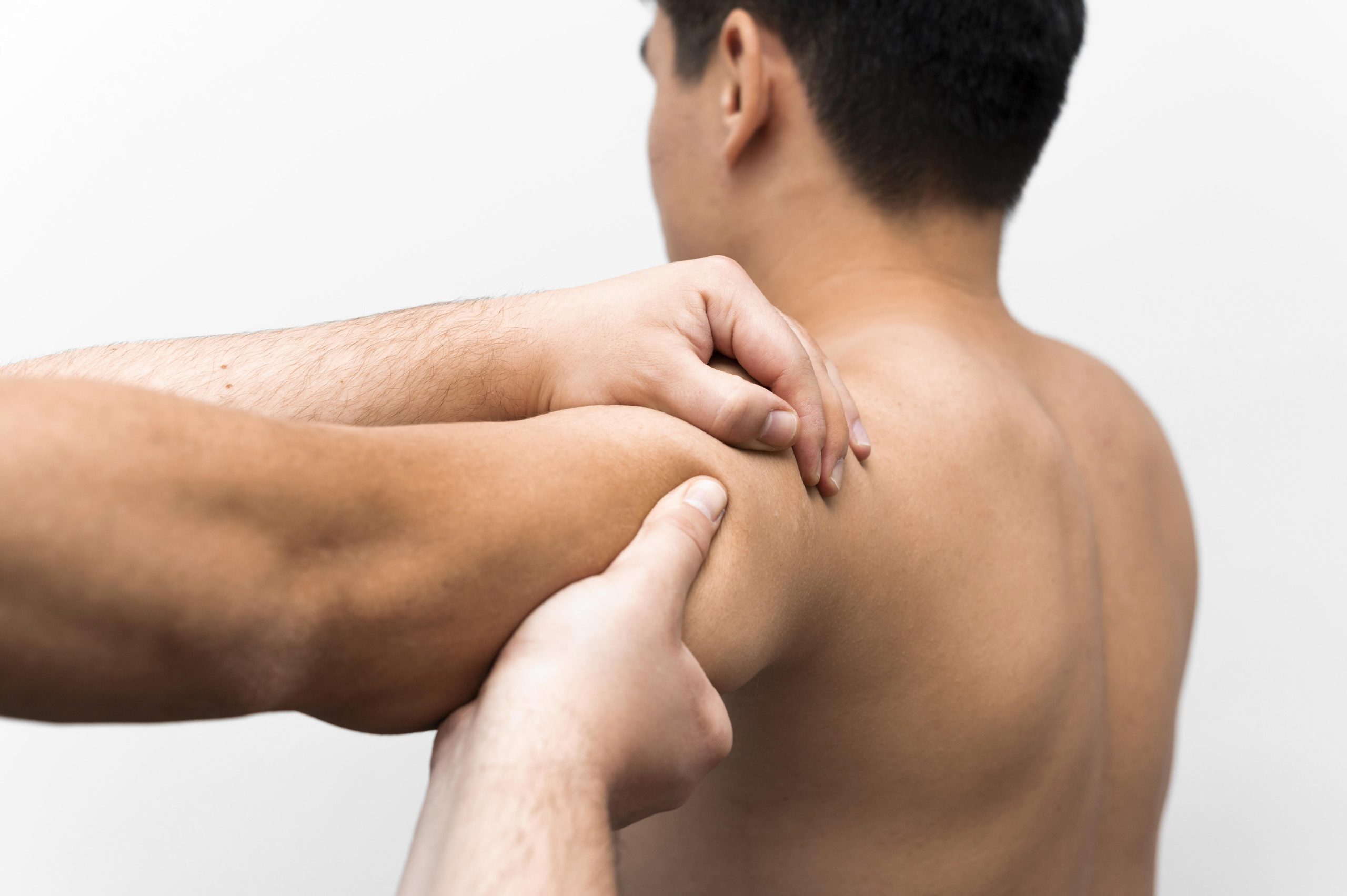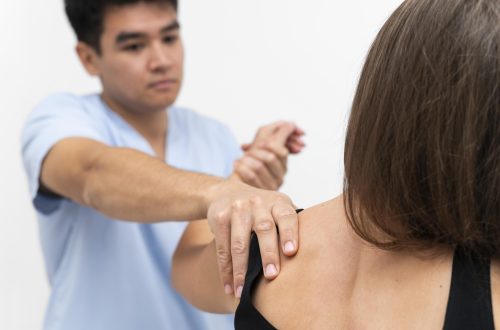Muscle pain is a common issue that can interfere with daily activities, workouts, and overall well-being. One of the most overlooked causes of persistent muscle discomfort is trigger points tight, hyperirritable knots that form within muscle fibers. These spots not only cause localized pain but can also create referred pain in other areas of the body. Learning how to release trigger points in muscles is key to restoring flexibility, improving performance, and relieving chronic discomfort.
In this article, we’ll explore what trigger points are, what causes them, and effective methods to release them naturally.
What Are Trigger Points?
A trigger point is a sensitive spot in a tight band of muscle that causes pain when pressed. Unlike general muscle soreness, trigger points can send pain to different parts of the body, known as referred pain. For example:
- A trigger point in the neck may cause headaches.
- One in the glutes may cause sciatic-like leg pain.
- Shoulder trigger points may lead to upper back or arm pain.
They often feel like small lumps or knots and can limit mobility, cause stiffness, or even affect posture.
Common Causes of Trigger Points
Trigger points can develop due to:
- Poor posture (e.g., sitting hunched over a desk)
- Muscle overuse from repetitive motions
- Stress and tension
- Injuries or trauma
- Lack of stretching before and after exercise
- Dehydration and poor circulation
Identifying the root cause of your muscle knots is important so you can prevent them from recurring.
1. Self-Massage Techniques
Self-massage is one of the most effective ways to release trigger points.
a. Using Your Hands
Apply firm pressure with your fingers or knuckles directly on the knot for 30–60 seconds. You may feel discomfort at first, but the tension often eases with steady pressure.
b. Foam Rolling
Foam rollers are excellent tools for large muscles like the back, thighs, and calves. Slowly roll over the sore area until you locate the knot, then pause and hold pressure for a few seconds before moving again.
c. Massage Balls
A lacrosse ball or tennis ball can target smaller or harder-to-reach areas like the shoulders, hips, and feet. Place the ball between your body and a wall or floor, and press into the knot gently.
2. Stretching to Relieve Tension
Once the knot is loosened, stretching helps restore flexibility and prevent tightness. Gentle stretches lengthen the muscle fibers and improve circulation. For example:
- Hamstring stretches for knots in the back of the thigh
- Shoulder rolls and chest openers for upper back and shoulder tension
- Neck tilts and rotations for trigger points in the neck
Hold each stretch for 20–30 seconds without bouncing, and repeat 2–3 times daily.
3. Heat and Cold Therapy
- Heat therapy (like a warm shower, heating pad, or warm towel) relaxes tight muscles and increases blood flow.
- Cold therapy (like an ice pack) reduces inflammation and numbs pain.
For trigger points, applying heat before massage and cold afterward can be highly effective.
4. Professional Treatments
If self-care doesn’t provide enough relief, professional help may be necessary.
- Massage Therapy: A trained therapist can target knots more deeply and effectively.
- Chiropractic Care: Adjustments can improve spinal alignment and relieve muscle strain.
- Acupuncture or Dry Needling: Inserting thin needles into trigger points helps release tension.
- Physical Therapy: A therapist can provide stretches, exercises, and posture training to prevent recurring knots.
5. Lifestyle Changes to Prevent Trigger Points
Releasing muscle knots is important, but prevention ensures they don’t keep coming back.
- Maintain Good Posture: Sit upright with shoulders back and feet flat on the ground.
- Stay Hydrated: Muscles function better with adequate water intake.
- Exercise Regularly: Include strength training, stretching, and aerobic activities.
- Manage Stress: Meditation, yoga, or deep breathing can reduce muscle tension caused by stress.
- Take Breaks: Avoid sitting or standing in one position for too long.
When to Seek Medical Help
Most trigger points can be managed at home, but you should consult a healthcare professional if:
- The pain persists for weeks despite self-care.
- You experience numbness, tingling, or weakness in limbs.
- The pain interferes with daily activities or sleep.
These may indicate a deeper musculoskeletal issue that needs medical attention.
Final Thoughts
Learning how to release trigger points in muscles can dramatically improve your comfort, mobility, and quality of life. With a mix of self-massage, stretching, heat therapy, and lifestyle adjustments, you can relieve muscle knots naturally and prevent them from recurring. If the pain persists, professional treatments like massage therapy, physical therapy, or chiropractic care may provide lasting relief.
Taking proactive steps to address trigger points will help you move freely, reduce pain, and keep your muscles healthy in the long run.
Read More – How to Release Trigger Points in Neck






